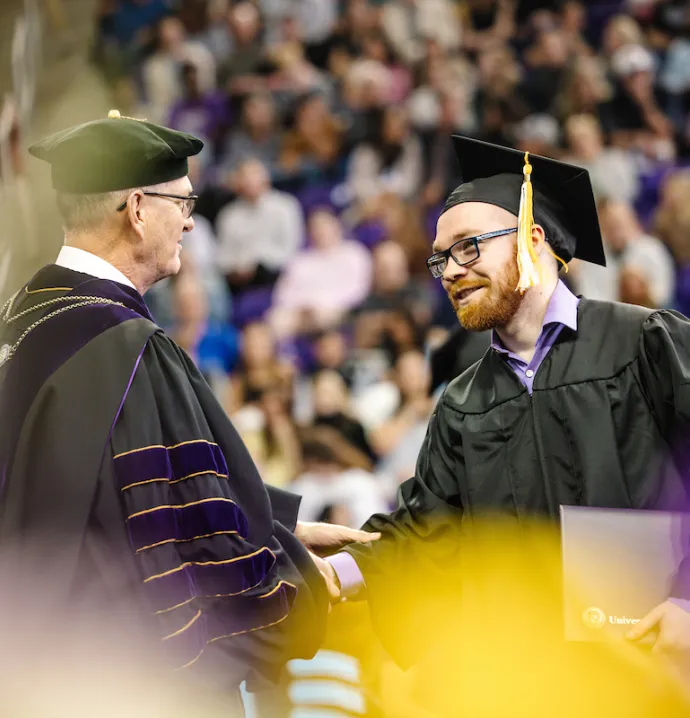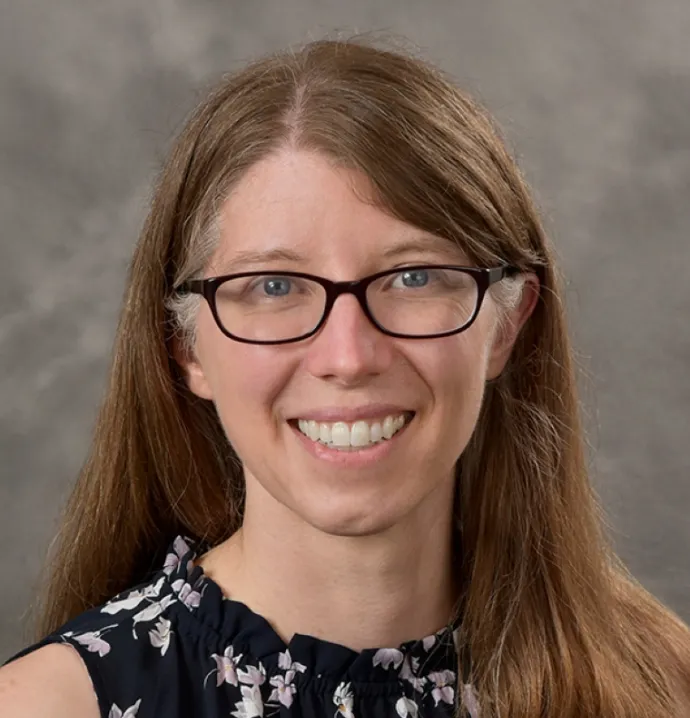Adapting to a changing Arctic
Adapting to a changing Arctic
Perched near the top of the world on the cusp of the Arctic Circle, the coastal indigenous communities around the Bering Sea exist at the intersection of the modern and ancient worlds.
In many ways, life for these Russian and Alaskan villages has completely changed. Snowmobiles and motor boats have replaced dog sleds and kayaks. Tents and yurts have transformed into houses made from modern materials. People own guns and buy gas.
But the backbone of these communities is still firmly rooted in the ways of generations stretching back through the millennia. Life is tied to the land. Food is obtained through hunting and foraging. And in this way, survival hinges upon one vital aspect of the Arctic.
Ice. It is around ice that all life in the Arctic orbits. And it’s starting to disappear.
Fueled by climate change, ice in the Arctic has started to change. And the long-held cultural practices that have revolved around it, such as hunting and transportation, have changed as well. But a new study led by the University of Northern Iowa will seek to help these communities understand and adapt to these changes.
The study recently received a nearly $1 million grant from the National Science Foundation as part of its ongoing initiative, Navigating the New Arctic. It is being led by Tatiana Degai, a postdoctoral scholar at UNI, and Andrey Petrov, director of UNI’s Arctic, Remote and Cold Territories Interdisciplinary Center (ARCTICenter).
The research will focus on six indigenous communities – four in the Kamchatka region of Russia and two in Alaska. It is a multi-disciplinary effort, uniting local knowledge passed down over generations with data gleaned from modern science, such as satellite-based observations of changes in the ice.
“The bottom line is: Ice is required for survival,” Petrov said. “These people are facing challenges of basic survival, because they depend on the ice to hunt. If you don’t hunt, you don’t have food. There’s a high level of dependence on ice to sustain their livelihood.”
A changing Arctic
The Arctic is warming on average twice as rapidly as the rest of the planet. And for the communities living there, climate change is not a hypothetical; it’s a reality.
“They really feel this change,” said Degai, who grew up in similar villages around the Bering Sea in Russia. “Some of them have to relocate from their home villages. Some villages are being washed away from the sea due to ice melt and permafrost melt. These communities are the first to feel this. This is their food and their clothes.”
The communities around the Bering Sea are expected to experience some of the highest variability in sea ice conditions in the coming century. And the changes aren’t as simple as the ice being present one year and gone the next. The ice can be present, but essentially useless for these communities. It can be too thin or too cracked.
“We’re not just looking at ice loss or change, we’re looking at ice variability, because we think ice variability is the main change. And it’s very hard to predict,” Petrov said. “Their hunting depends on certainty, that on these days, you can go out and the ice will be stable. These days, it’s very hard to predict that.”
Cracked or thin ice can make hunting the seals, walruses and whales these communities depend on either impossible or dangerous. It makes traveling across the ice risky as well. People have drowned from falling through thin ice.
But detecting this variability takes more than satellite observations. That’s why Petrov and Degai will engage with the local indigenous cultures to understand how to predict and adapt to these changes.
“There are no studies that do that on both sides of the Bering Sea,” Petrov said. “The benefit from science will be important, but it’s also going to benefit the people who live there, because they will learn from each other about what they could do to make their lives more sustainable.”
The research also will seek to identify the hot spots in the region – places where the ice is most rapidly changing. It also will examine government relationships with communities in the region and seek to develop flexible governance and infrastructure to adapt to changing Arctic conditions.
And while the work will focus on six villages, its findings will have repercussions for the 400,000 indigenous people living across the Arctic.
“The implications are far beyond just the Bering Sea region,” Petrov said. “It will help us understand how coastal communities in the Arctic adapt to the changing ice. Ice is vital for all of them.”
Contrary to the land they live in, the culture of these communities is not frozen. It is dynamic and changing, with deep-rooted traditions that have stayed in place while other aspects shifted with the introduction of modern goods and technology.
But the ice unites them all. And the impacts from climate change are not a distant threat. They are happening now.
“Sometimes when we talk about climate change, we get detached, but we don’t want to forget about the people that are living through it,” Petrov said. “People live it every day, and their livelihood depends on it. It’s not a philosophical question for them. It’s actually survival, and that’s where we need to be working together.”




